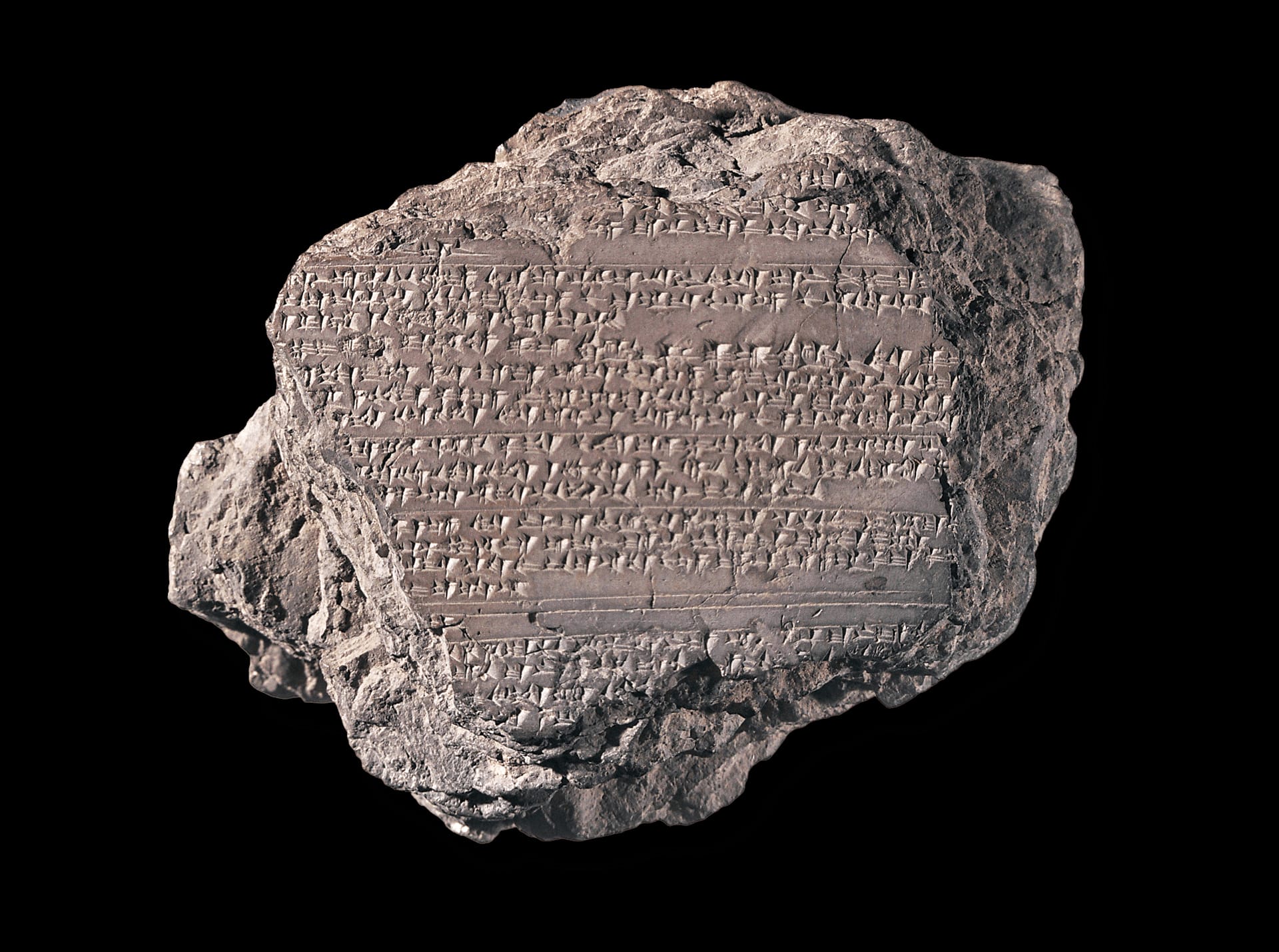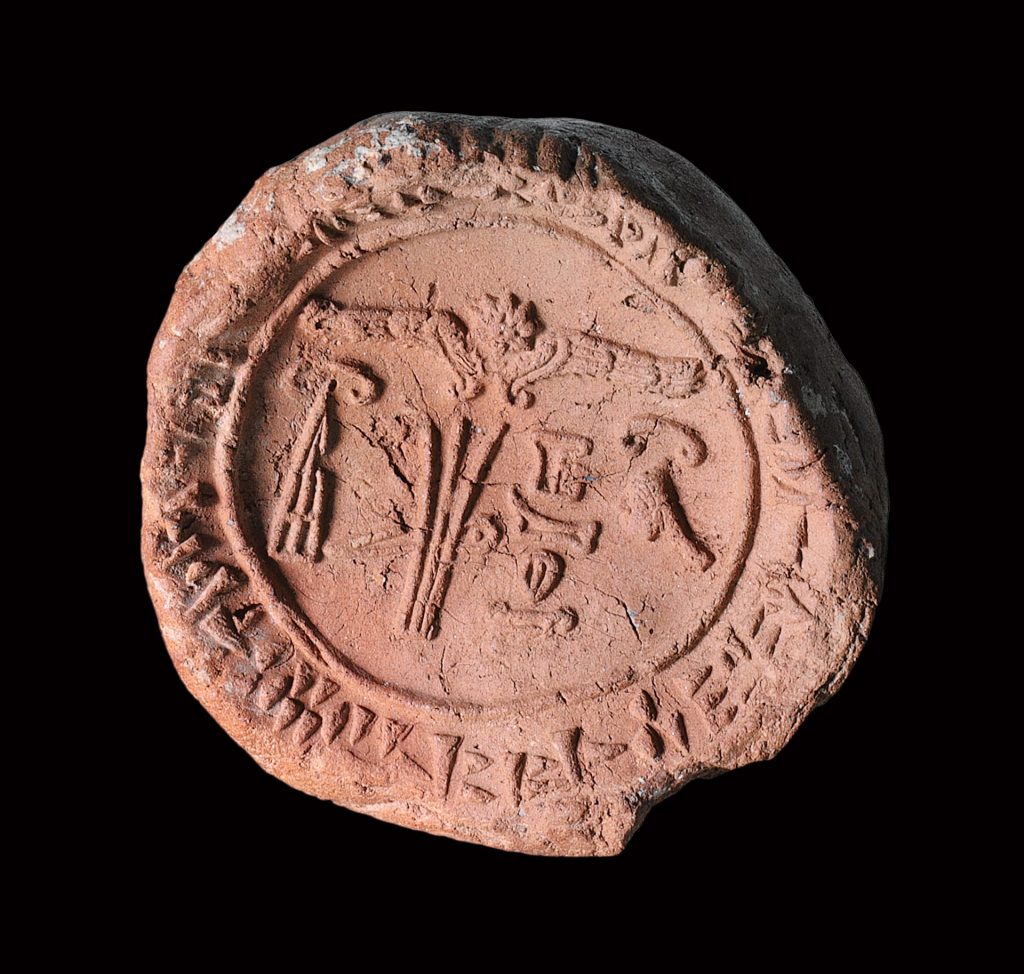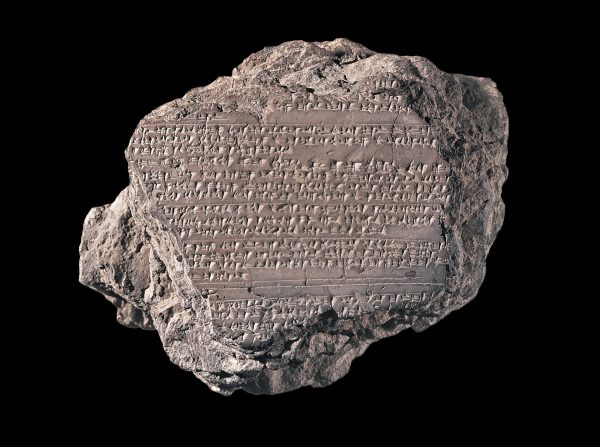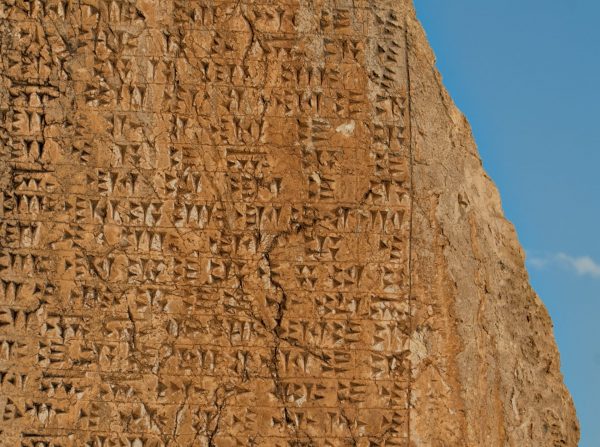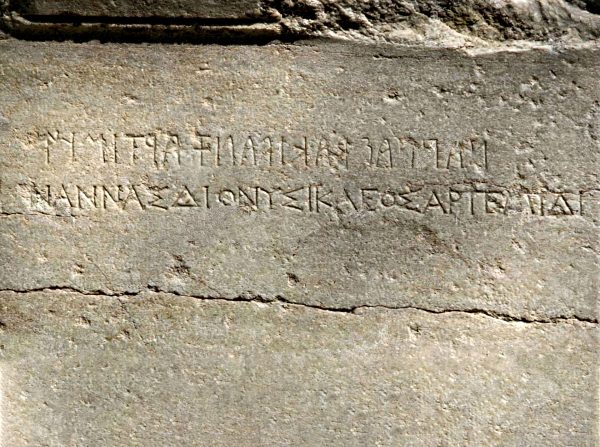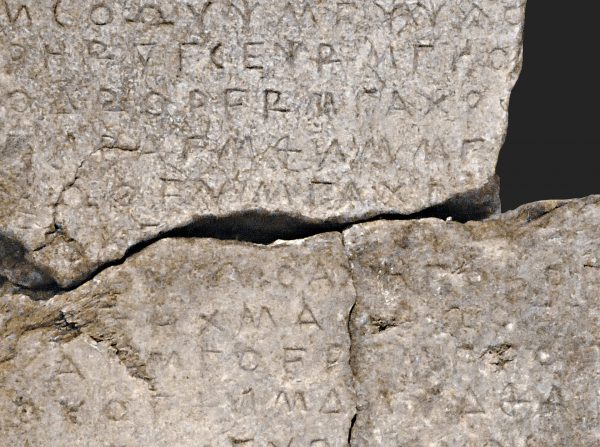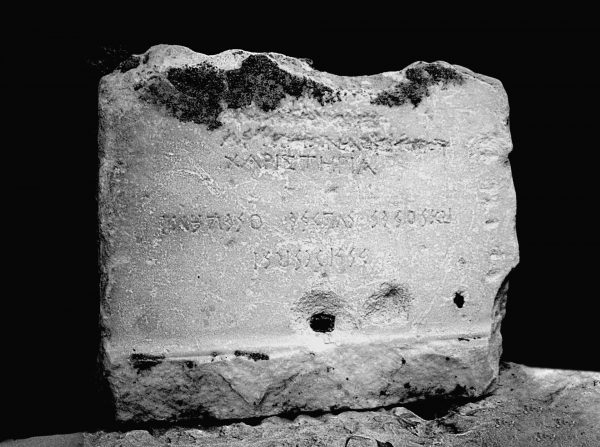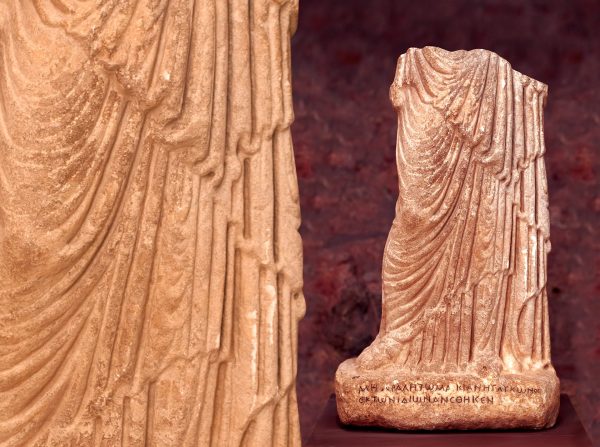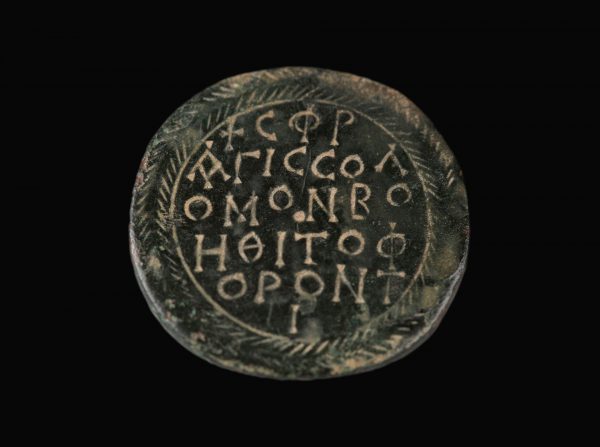As the official language of the Hittite State founded in Central Anatolia in 18th century BC, Hittite is the first and oldest member of the Indo-European languages. It was derived from the Hebrew root ḥēt. repeated 48 times in the Bible. Dated from 17th to 12th centuries BC, there are approximately 30.000 inscriptions, mostly cult inventories, written in Hittite cuneiform. The oldest document to have been written in Hittite cuneiform and language is the King “Anitta Inscription”.
Using a combination of cuneiform and hieroglyphics, the Hittites used cuneiform for the inscription tablets and hieroglyphics on seals, rock monuments, and stone blocks. Having developed as a derivative of Assyrian-Babylonian or Akkadian cuneiform, the Hittite cuneiform uses 375 basic cuneiform signs. The cuneiform that the Hittites adapted from Babylonian into their own Indo-European language includes 18 consonants such as “b, d, g, h, k, l, m, n, p, r, s, t, w, y” and 4 vowels like “a, e, i, u.”

